Barley Basal Glume Blotch – How To Treat Glume Rot On Barley Plants

Caroline Bloomfield
Basal glume blotch is a disease that can affect cereal grains, including barley, and can cause serious damage to the plant and even kill young seedlings. Keep reading to learn more about recognizing and treating basal glume blotch of barley crops.
Barley Basal Glume Blotch Info
What is basal glume blotch of barley? Also known as barley basal glume rot and spikelet rot, this disease is caused by the bacterium Pseudomonas atrofaciens (sometimes also called Pseudomonas syringae pv. atrofaciens), which is the same fungus that can also lead to Septoria leaf blotch. It affects the glume of the plant, or the small bract that grows out of the stem partially covering each kernel of grain.
Symptoms of glume blotch begin with small, dark green, watery lesions appearing on the base of the glumes that may turn whitish gray. Eventually, during the stages of disease development, these lesions will change to a dark brown or near black discoloration and may spread across the entire diseased glume. If held up to the light, the infected glumes appear translucent.
A gray ooze might develop on the base of the glumes, and dark water-soaked spots may appear on the leaves. If young seedlings are infected with the disease, they may be overtaken by these watery lesions and die.
How it Spreads
Barley basal glume blotch disease is spread by dust blown in the wind, and often transfers from crop residue. It can also be delivered by rain splash and carried by insects. The bacteria can live on the surface of barley plants until it has the ideal conditions for infecting them.
Managing Basal Glume Blotch Disease
Barley basal glume rot is primarily borne by seed, which means the best way to hold off the disease is to plant barley seed that is treated with fungicide prior to planting. Seed treatments, while helpful, won’t protect the plants from spores from crop residue, so be sure to plow under any crop residue into the soil.
Practicing crop rotation helps to reduce the buildup of this disease in the soil and will help knock back the numbers of any bacteria present in the soil. Crop rotation will also reduce the likelihood of other diseases damaging the seed and giving the blotch bacteria a pathway in. The best practice is to allow one or two years between barley and wheat crops.
Gardening tips, videos, info and more delivered right to your inbox!
Sign up for the Gardening Know How newsletter today and receive a free copy of our e-book "How to Grow Delicious Tomatoes".
The bacteria can survive in the soil and on the surface of the plant as well, and spreads best in warm, damp conditions. You can help prevent this spread by only irrigating from below and spacing plants out to encourage good airflow.
Glume rot on barley doesn’t have to spell doom for a barley crop, but prevention is key to growing this crop effectively.

The only child of a horticulturist and an English teacher, Liz Baessler was destined to become a gardening editor. She has been with Gardening Know how since 2015, and a Senior Editor since 2020. She holds a BA in English from Brandeis University and an MA in English from the University of Geneva, Switzerland. After years of gardening in containers and community garden plots, she finally has a backyard of her own, which she is systematically filling with vegetables and flowers.
- Caroline BloomfieldManager of Marketing Communications
-
 Looking For Plants To Give You The Soft And Fuzzies? Try These 5 Fuzzy Leaf Plant Options
Looking For Plants To Give You The Soft And Fuzzies? Try These 5 Fuzzy Leaf Plant OptionsLovers of texture, drama, silver foliage and tactile plants will adore these special sensory garden additions. These fuzzy leaf plant options will leave you all aglow
By Susan Albert
-
 Get Ready For A Summer Of Hummers! Grow These Full Sun Hummingbird Plants and Flowers
Get Ready For A Summer Of Hummers! Grow These Full Sun Hummingbird Plants and FlowersIf you’re lucky enough to enjoy a sunny backyard, make sure you are maxing out on your pollinator opportunities and grow these full sun hummingbird plants and flowers
By Tonya Barnett
-
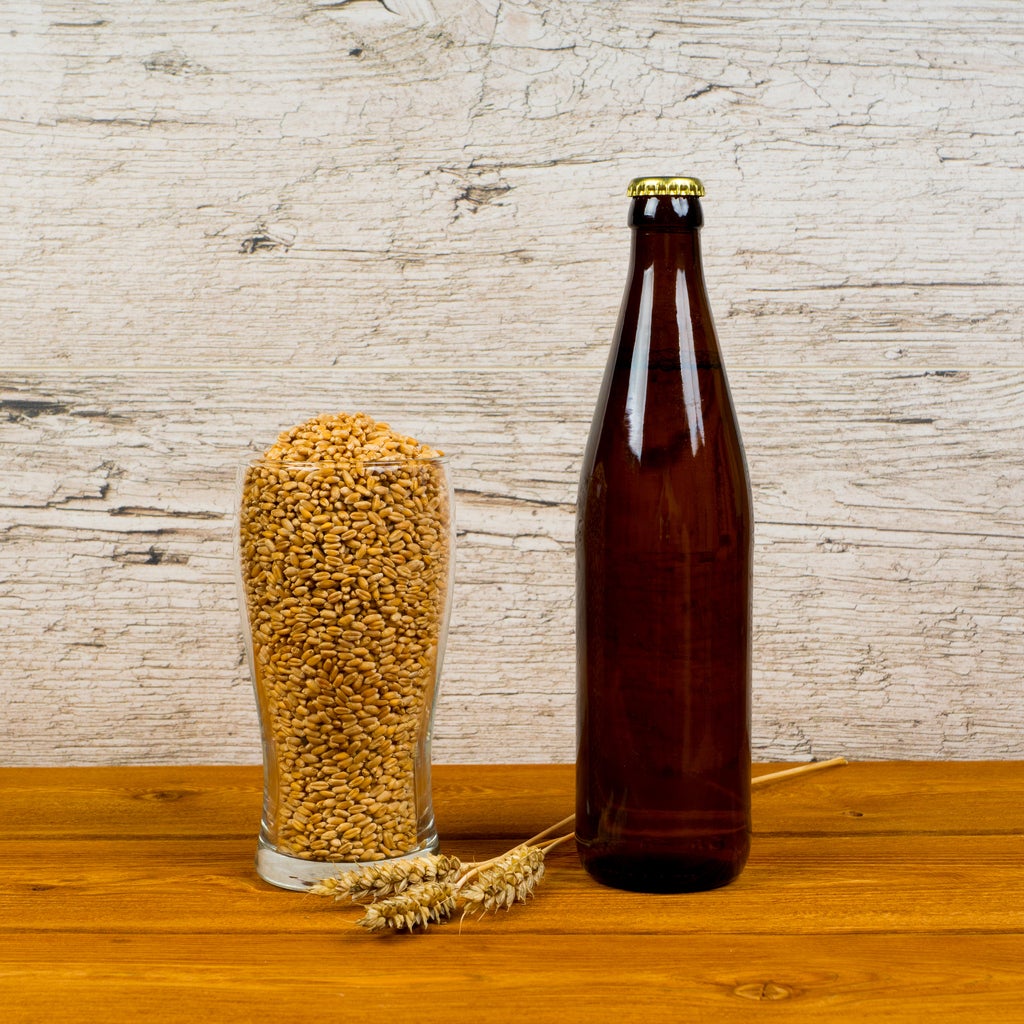 Growing Malted Barley – How To Grow Beer Barley At Home
Growing Malted Barley – How To Grow Beer Barley At HomeToday, there are many beer making kits available, but why not take it a step further by growing your own malted barley. Click on the following article to find out how to grow and harvest malted beer barley from your own backyard.
By Amy Grant
-
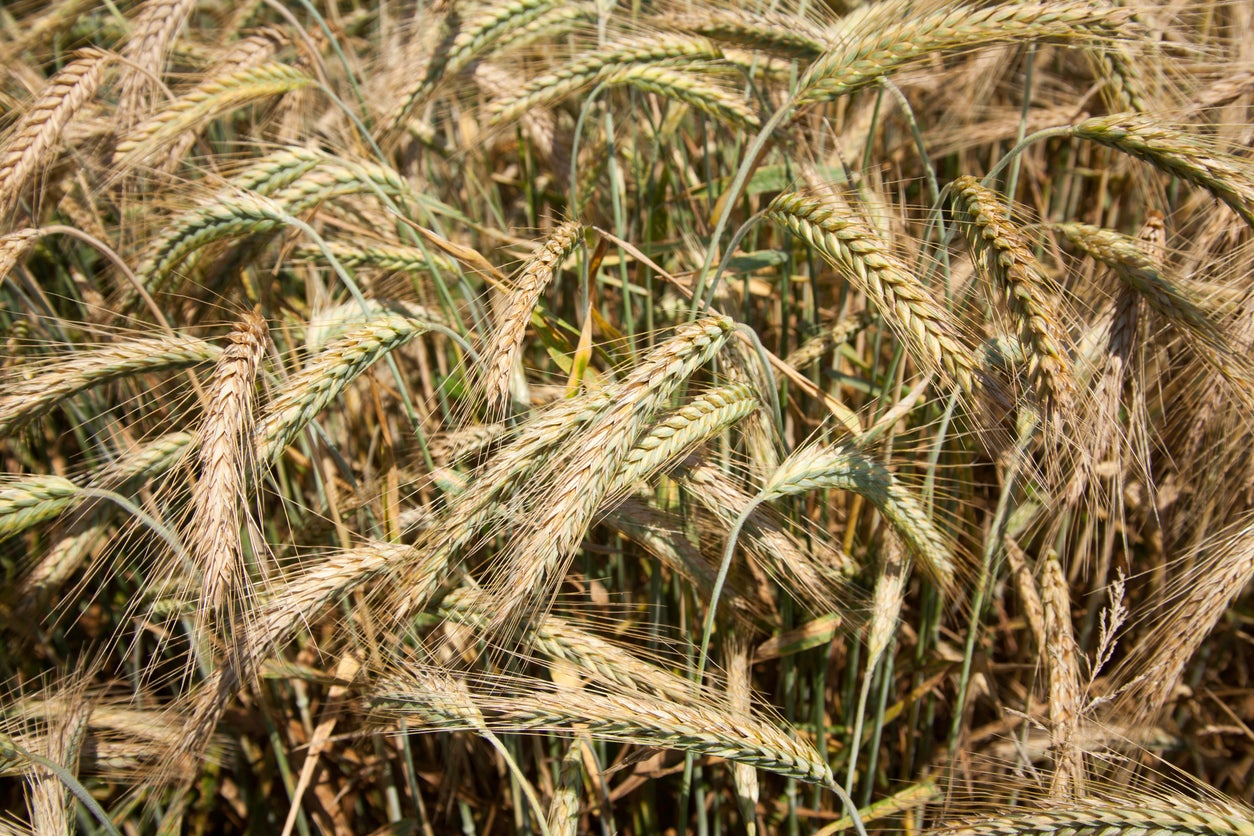 Barley Harvest Tips – How And When To Harvest Barley
Barley Harvest Tips – How And When To Harvest BarleyYou can easily grow a few rows of barley in your backyard garden. The trick to getting a good crop is knowing how and when to harvest barley. Click here for information about how to harvest barley, including tips on the timing of a barley harvest.
By Teo Spengler
-
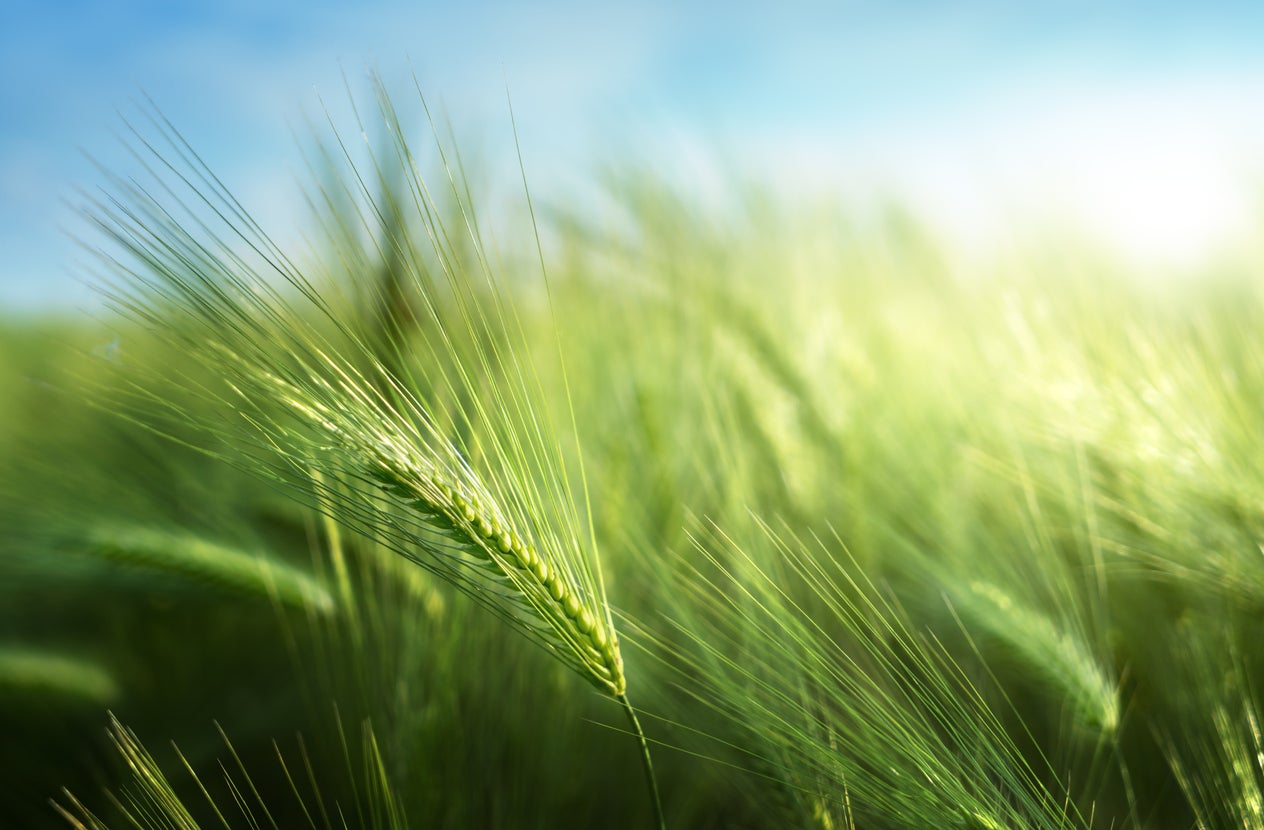 Barley Grain Care Guide: Can You Grow Barley At Home
Barley Grain Care Guide: Can You Grow Barley At HomeCan you grow barley at home? You don't need acres of land to grow barley in the garden, but it may be hard to source small amounts of seed. Even if you are not a beer enthusiast, you can learn how to grow barley for bread, soups and stews. This article can get you started.
By Bonnie L. Grant
-
 Barley Tillering And Heading Information – Learn About Barley Heads And Tillers
Barley Tillering And Heading Information – Learn About Barley Heads And TillersIf you are thinking of growing barley in your home garden, you’ll need to learn about barley tillering and heading. What are barley tillers? What is a barley head? Click on the following article to learn the ins and outs of tillering and heading of barley plants.
By Teo Spengler
-
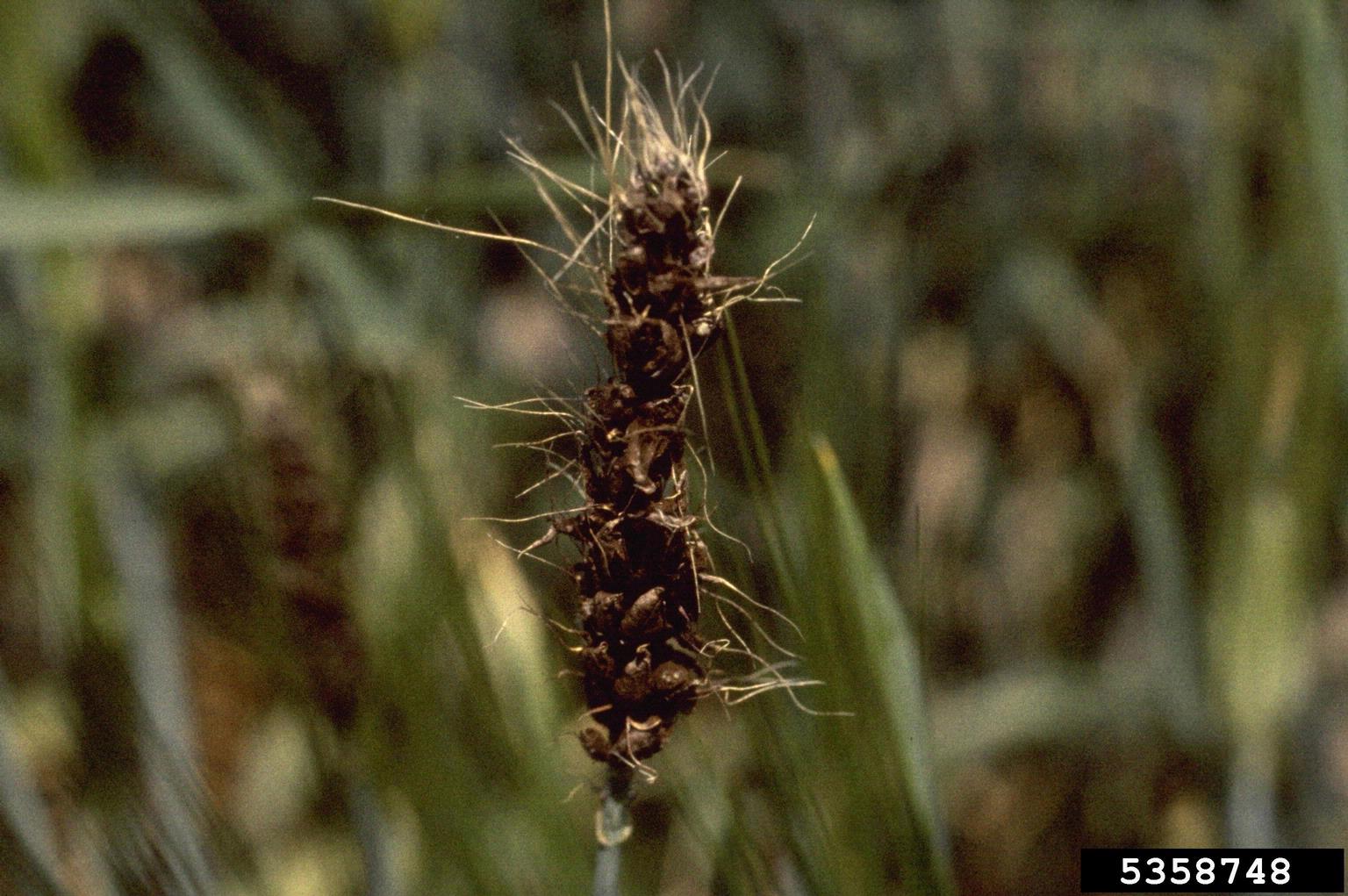 Barley Loose Smut Info: What Is Barley Loose Smut Disease
Barley Loose Smut Info: What Is Barley Loose Smut DiseaseBarley loose smut? It is a seed-borne illness that can occur anywhere barley is grown from untreated seed. The name comes from the loose seed heads produced that are covered in black spores. You don't want this in your field, so click here for more barley loose smut info.
By Bonnie L. Grant
-
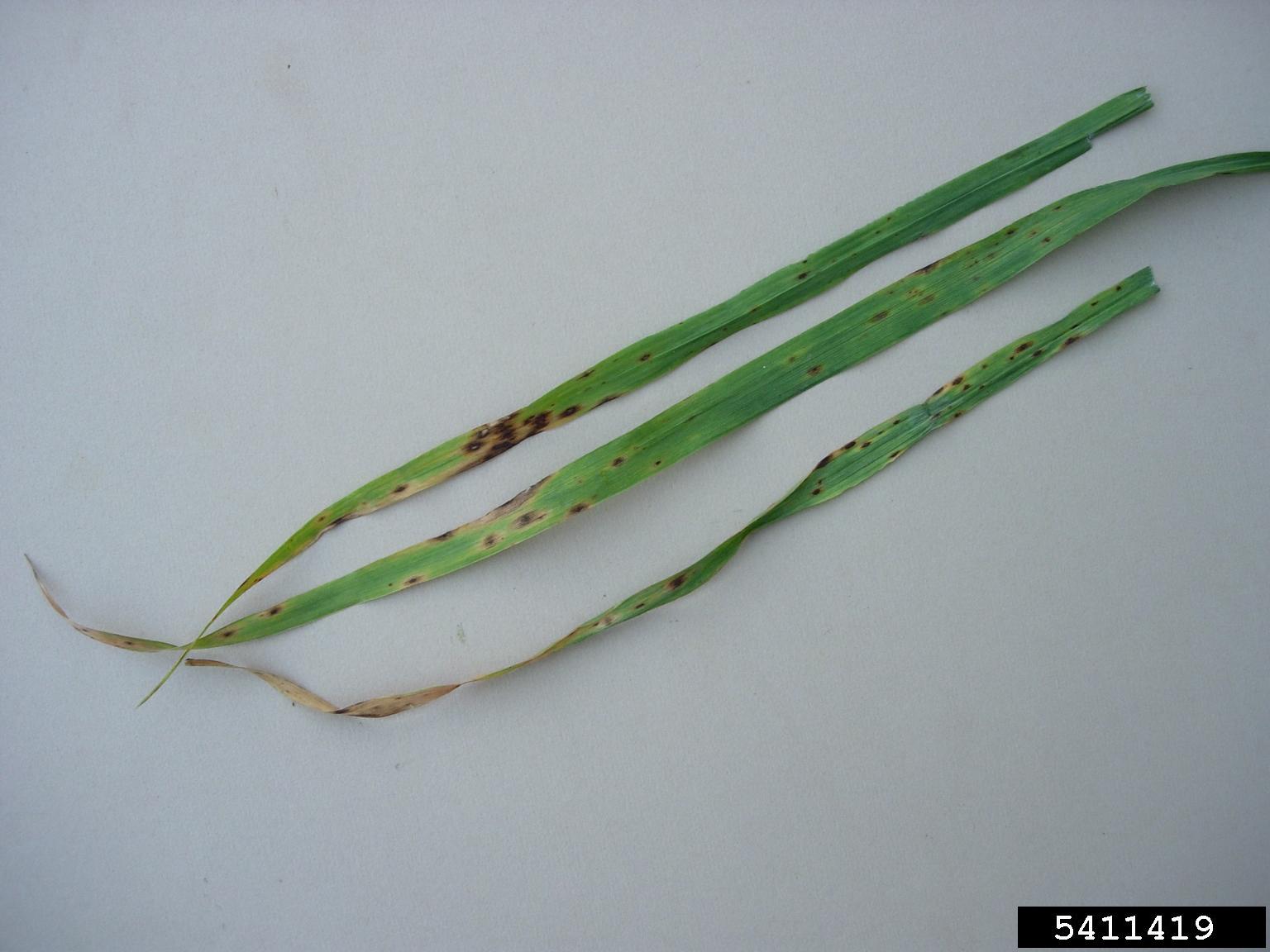 Spot Blotch Of Barley: How To Treat Barley With Spot Blotch Disease
Spot Blotch Of Barley: How To Treat Barley With Spot Blotch DiseaseBarley spot blotch disease can affect any part of the plant at any time. The disease can reduce yield and kill young plants. Click on the following article to learn about the steps to prevent and treat barley spot blotch.
By Bonnie L. Grant
-
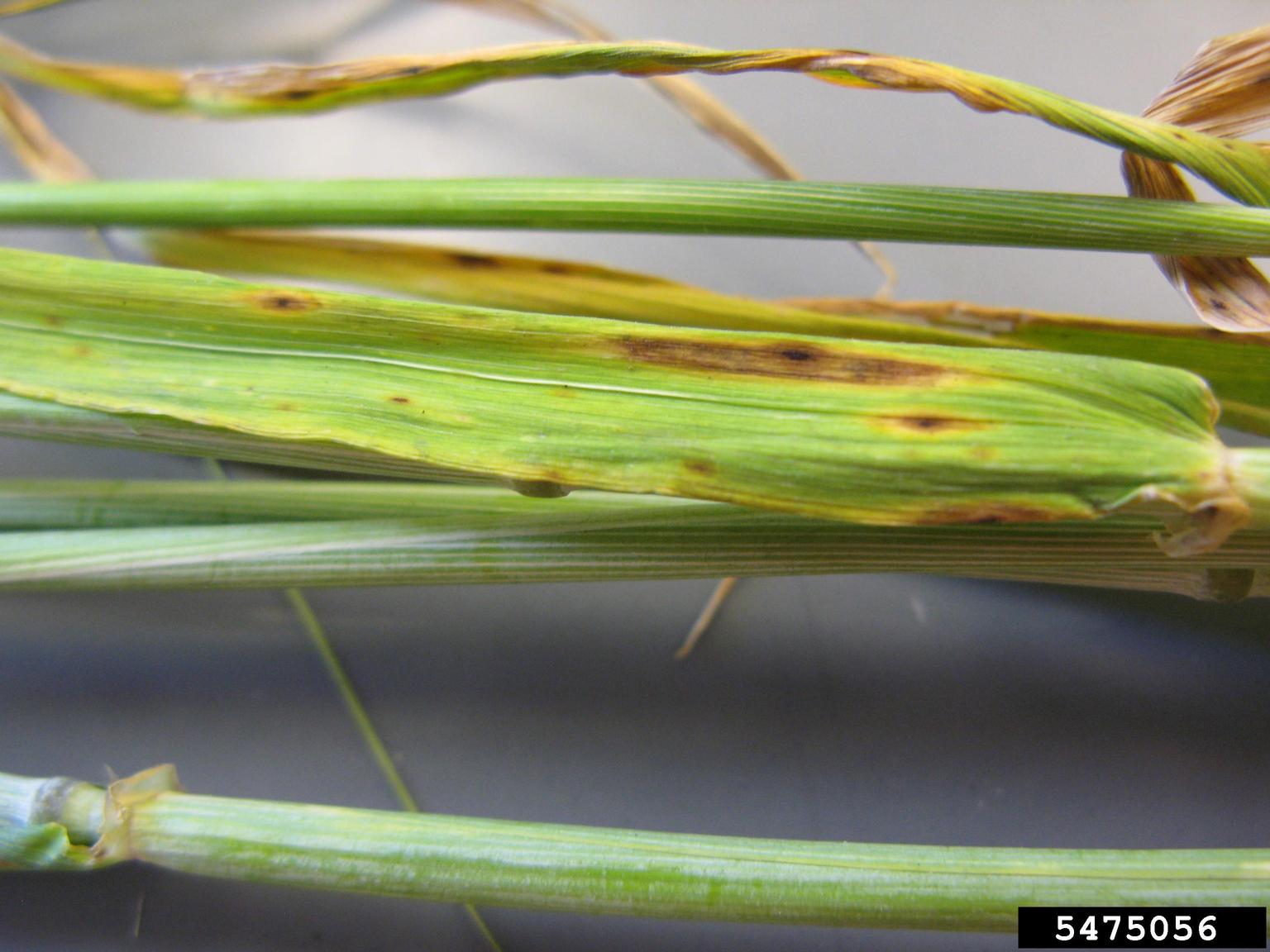 Barley Leaf Blotch Control: Treating Barley Speckled Leaf Blotch
Barley Leaf Blotch Control: Treating Barley Speckled Leaf BlotchBarley speckled leaf blotch is a fungal disease resulting in lower yields. While barley with leaf blotch is not a fatal condition, it opens the crop up to further infections that can decimate the field. Learn about preventing and treating leaf blotch in barley crops here.
By Amy Grant
-
Barley Plant Nematodes: What Are Some Nematodes That Affect Barley
There are a variety of nematodes that affect barley and other small grain crops. If you have any of these crops in your garden, click here for information on the nematodes of barley. We’ll also give you tips on how to prevent barley nematodes.
By Teo Spengler